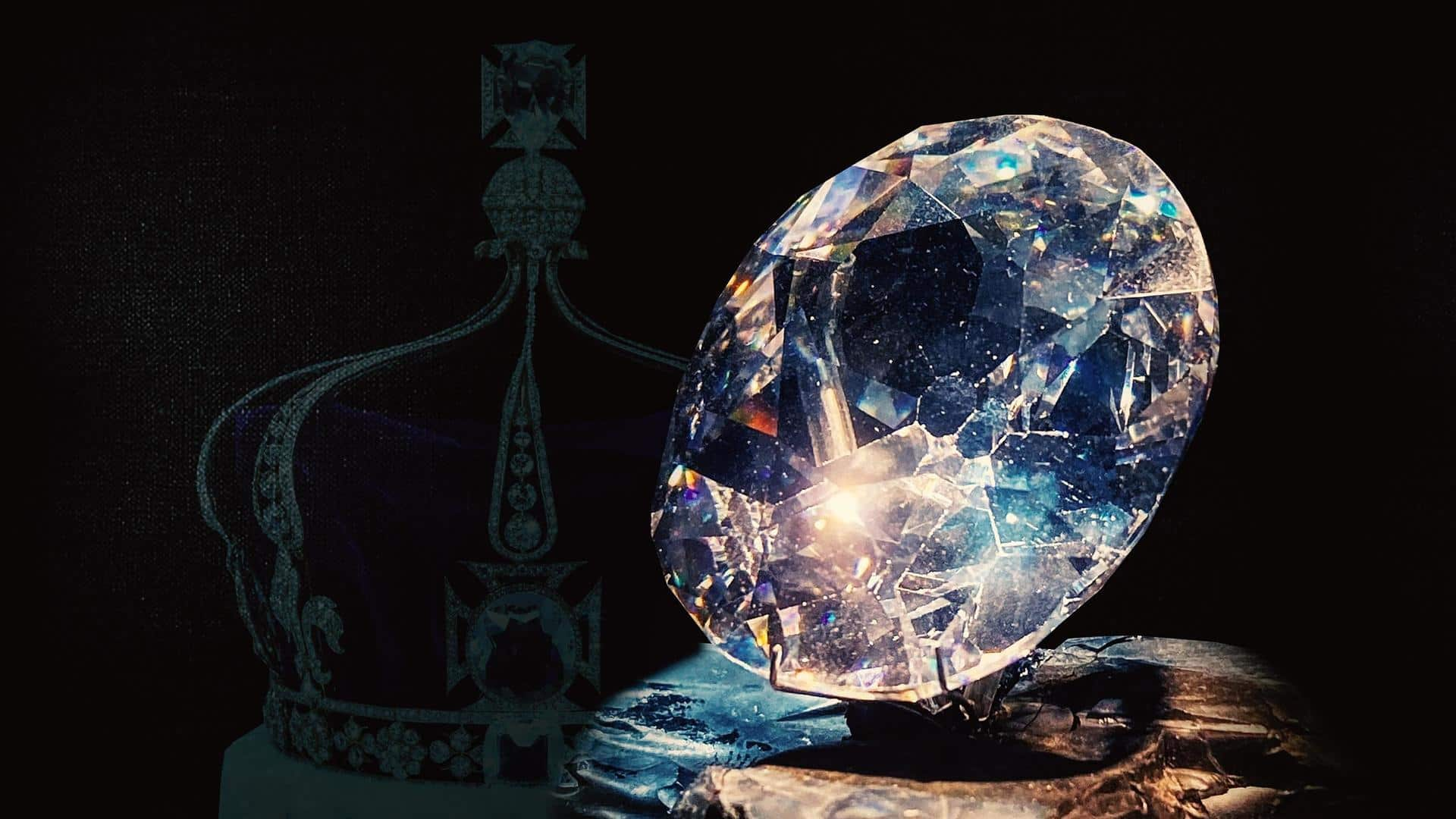The British Crown Jewels are among the most famous and valuable treasures in the world, symbolizing centuries of monarchy, power, and tradition. These objects are used in ceremonial occasions, particularly during the coronation of British monarchs, and they hold immense historical and cultural significance. Here’s a look at some interesting facts and details about the Crown Jewels that may surprise you.
1. Priceless Beyond Measure
While many objects are valued for insurance purposes, the British Crown Jewels are considered so unique and irreplaceable that they are not insured and are deemed priceless. The collection consists of over 100 ceremonial pieces, including crowns, orbs, scepters, and swords. These items are crafted from gold, silver, and adorned with thousands of precious gems, including diamonds, rubies, emeralds, and sapphires. The value of the jewels comes not only from the materials but also from their historical significance, as many date back hundreds of years.
2. The Tower of London: A Storied Home
The Crown Jewels have been housed in the Tower of London since 1661, following the restoration of the monarchy under King Charles II. Previously, the original collection was destroyed during the English Civil War. The jewels are stored in the Jewel House, where they are heavily guarded by the Yeoman Warders (also known as Beefeaters) and protected by state-of-the-art security systems. Millions of visitors from around the world visit the Tower each year to see the stunning collection on display.
3. The Coronation Regalia
The Crown Jewels are central to the coronation of British monarchs. The most iconic piece is the Imperial State Crown, which is worn by the monarch after the coronation ceremony. This crown is encrusted with 2,868 diamonds, including the Cullinan II diamond, one of the largest cut diamonds in the world. Another important item is the Sovereign’s Sceptre, which also features the Cullinan I diamond, the largest clear-cut diamond in existence.
4. The Koh-i-Noor Diamond
One of the most famous gems in the Crown Jewels is the Koh-i-Noor diamond, a large, 105-carat stone with a controversial history. Originally from India, the diamond was acquired by the British during colonial rule and has been part of the Crown Jewels since the mid-1800s. The Koh-i-Noor has been the subject of ownership disputes, with various countries including India and Pakistan, claiming it should be returned.
A Symbol of Monarchy and Tradition
The British Crown Jewels represent more than just opulence and wealth; they are a symbol of the continuity, history, and power of the British monarchy. From coronations to state ceremonies, these incredible treasures continue to play an important role in the royal family's public duties. Despite their stunning beauty, the true value of the Crown Jewels lies in their rich history and the enduring legacy they represent.





Comments
Post a Comment